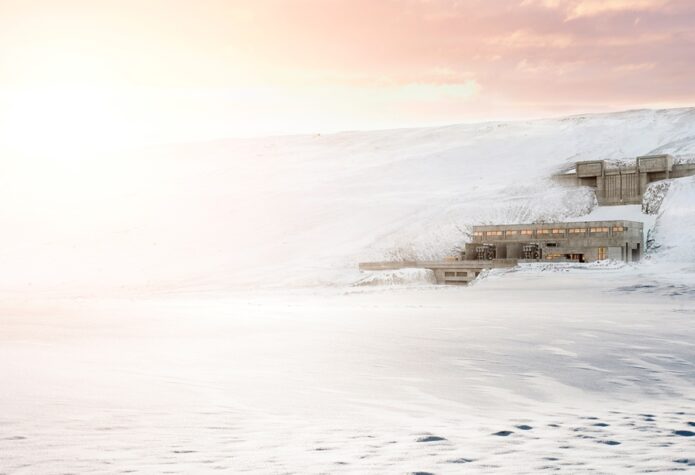Landsvirkjun: New hydropower plant fills in for missing link

The Icelandic power company Landsvirkjun is continuing to expand its production capacity. The company’s intention with Buðarháls, the sixth hydropower plant on the Þjórsá-Tungnaá river system, is to harness the river from top to bottom while leaving as small an environmental footprint as possible.
Launched in March 2014, the Búðarháls hydropower plant is located in the southern highlands of Iceland. The new plant will operate alongside Landsvirkjun’s five other power plants on the Þjórsá-Tungnaá river system. It will produce 585 GWh of electricity a year, roughly equal to the annual electricity consumption of Reykjavik.
“Buðarháls plays a pivotal role in the development of hydropower plants in Iceland, as it fills in for a missing link in the power plant chain on the same river. The chain allows us to harness one river from top to bottom and not dam and disturb other rivers”, explains Guðlaugur Thorarinsson, senior project manager at Landsvirkjun.
The decision to build the Búðarháls hydropower plant was made in 2001, and the same year Landsvirkjun received permission to utilise the water rights, quarries and other ground materials in the area for the development of the site.
The construction work launched in the same year soon ground to a halt due to the financial crisis in Iceland. The economic uncertainty did not allow Landsvirkjun to continue the project until 2010. A year later, the company agreed a 16-year-maturity loan with NIB, totalling USD 70 million (EUR 52 million), which helped the company complete the construction and launch the power plant in three years.
The powerhouse is mostly above ground, built into the western side of the slope of Búðarháls ridge. There are two generating units, each with an installed capacity of approximately 48 MW.
In constructing the new power plant, Landsvirkjun’s intention was to leave as small an environmental footprint as possible. For the needs of the new power plant, Landsvirkjun built a four-kilometre tunnel to transport the water from the intake to the power plant’s turbines. Two dams, with a combined total length of 1,400 metres, form a seven-square-kilometre intake reservoir for the plant. The reservoir’s surface area is much smaller than the other artificial water storage facilities in the same area, which vary from ten to twenty square kilometres.
“The smaller the size of the reservoir, the smaller the environmental impact”, explains Mr Thorarinsson.
Another important point is that in this area there are no migrating fish stocks, so the impact on fish is marginal. In addition, measures have been put in place to estimate the CO2 releases from the Buðarháls hydropower plant over the lifetime of the project.
To compensate for the loss of vegetated land, Landsvirkjun is cooperating with Icelandic farmers, who fertilise this land, supporting the growth of vegetation. The company is participating in a 40-year plan that has since produced six square kilometres of new vegetation.

